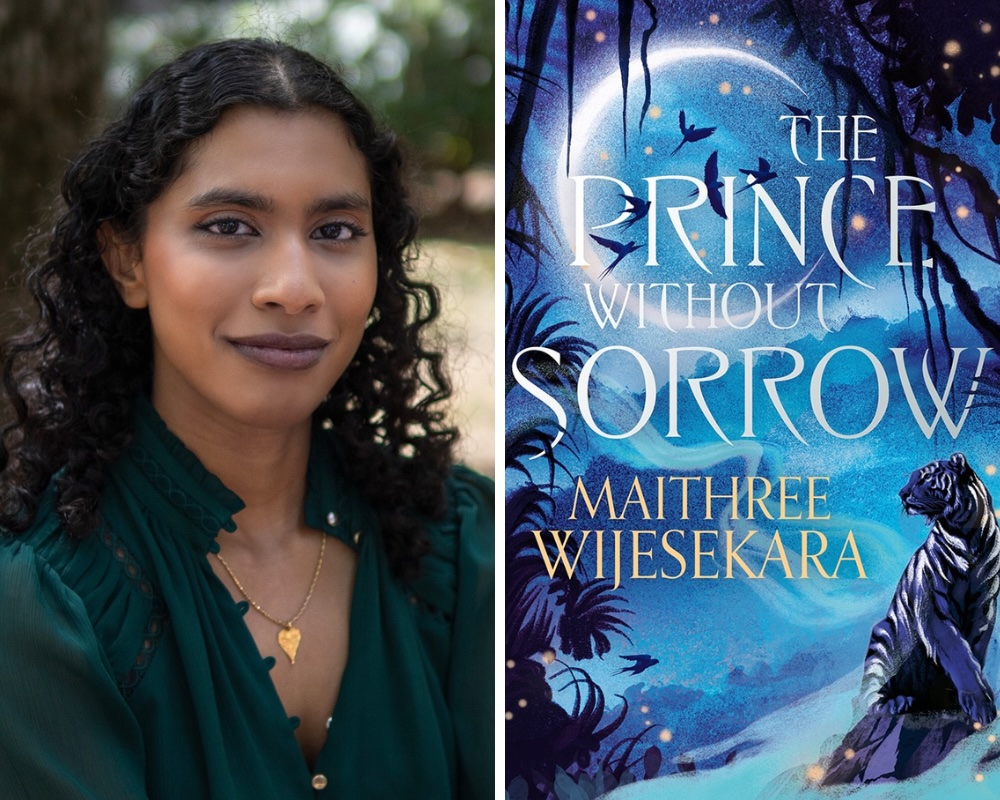Maithree Wijesekara: How my work as a dentist has helped me create multi-layered characters in my fantasy world

Writing gore comes easier to me than writing romance.
While this is unfortunate from a marketing standpoint, it’s great for me. The Prince Without Sorrow deals less with romance and more so about power, and how one chooses to wield it. It deals with nonviolent witches. A pacifist prince and his tyrannical family. Ancient nature spirits. Mash these together, and you’re guaranteed to see some violence.
There is somewhat of a clinical component to my writing, and I like to both credit and blame two things. The first: my family, a majority of whom work in the healthcare sector. Growing up, seeing medical textbooks wasn’t abnormal. Neither was seeing pictures of third degree burns and necrotised tissue. You become sanitised very quickly. The second: my other part-time occupation: dentistry.
The moment you start your first year, you’re hit with basic biology. Then physiology. Halfway through the first year, you come face to face with a very old cadaver. It’s extremely weird to see a body that has been dissected and examined six ways to Sunday. It’s like seeing body horror in a film, but with much less dramatization. Again – clinical. It’s not supposed to make you squirm but rather learn. You see a distended carotid artery and don’t think ‘yuck’. Instead, you go ‘huh, better remember exactly where this is, and also any relevant surrounding anatomical landmarks for my bloc test’.
You learn to describe parts of the mouth in specifics. It’s not a hole in the tooth – it’s dental caries. It’s not a hole left behind after you remove a tooth – it’s a socket. Gum and excessive bleeding? For clinical purposes, it’s gingiva and a haemorrhage. This may seem obvious, and it is, but all this is to say – having to observe and write clinically then bled over to my creative writing.
Within the story, witches are burned. Murdered, often in gruesome ways, and I don’t shy away from the descriptions. A witch’s head is decapitated – what can you see? Where is the exact point of impact? If a character has an identifiable physical characteristic, you go to specifics. Prince Ashoka has a burned ear. Is the tissue scarred beyond healing? Is there any nerve damage? It almost feels like I’m writing slightly embellished patient notes. Sometimes, by accident, I will describe bodily injuries in a manner that I find completely normal, only to have a reader tell me, “That’s a little gross.” I take that as a compliment.
However, there are drawbacks. While it can be all well and good to write a contemporary novel and have the character’s inner voice describe things medically be chalked off as a funny trait, it’s a bit harder with fantasy. Reigning it in can be difficult, and oftentimes I miss it. While writing book two, I’ve written about granulation tissue forming over a wound, or about a spot of hyperpigmentation on a character’s cheek. This makes no sense, especially in a fantasy that’s loosely inspired about an emperor who existed in the BCE. It’s jarring for the reader, and for me when I go back to edit the book. Luckily, these errors are picked up by my very helpful editors.
Working in healthcare is a privilege. Especially in the public system – you get to converse to and treat people from all walks of life. You spot how people speak. See how putting a family in one small dental surgery can sometimes lead to chaos, and subsequently, how to manage said chaos. Reactions, raw emotion: these are what I observe more. Of the different ways in which people show fear (no one likes being at the dentist), and if they choose to express it or cover it up with a show of bravado.
Little things like these inform my writing, and I hope it continues to do so.
The Prince Without Sorrow by Maithree Wijesekara is published by HarperVoyager on the 27th March.


